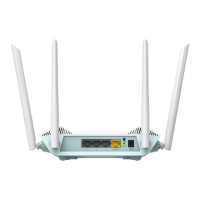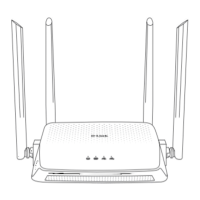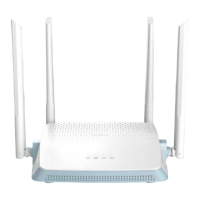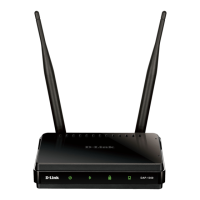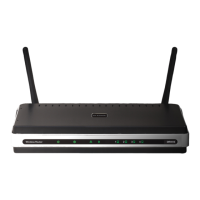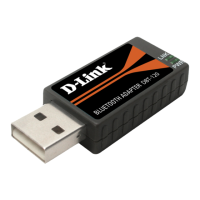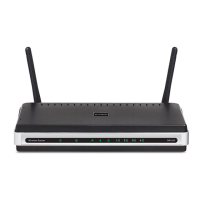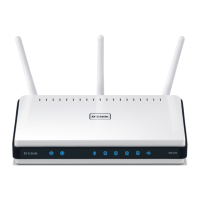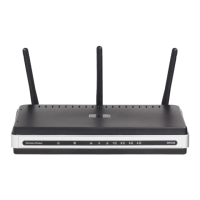148D-Link DWR-961 User Manual
Appendix B - Networking Basics
Wireless Security
This section will show you the dierent levels of security you can use to help protect your data from intruders. The DWR-961 oers the
following types of security:
• WPA2 (Wi-Fi Protected Access 2) • WPA2-PSK (Pre-Shared Key)
• WPA (Wi-Fi Protected Access) • WPA-PSK (Pre-Shared Key)
What is WPA?
WPA (Wi-Fi Protected Access), is a Wi-Fi standard that was designed to improve the security features of WEP (Wired Equivalent Privacy).
The 2 major improvements over WEP:
• Improved data encryption through the Temporal Key Integrity Protocol (TKIP). TKIP scrambles the keys using a hashing
algorithm and by adding an integrity-checking feature. WPA2 is based on 802.11i and uses Advanced Encryption Standard
(AES) instead of TKIP.
• User authentication, which is generally missing in WEP, through the extensible authentication protocol (EAP). WEP
regulates access to a wireless network based on a computer’s hardware-specic MAC address, which is relatively simple
to be snied out and stolen. EAP is built on a stronger public-key encryption system so that only authorized network
users should be able to access the network.
WPA-PSK/WPA2-PSK uses a passphrase or key to authenticate your wireless connection. The key is an alpha-numeric password between
8 and 63 characters long. The password can include symbols (!?*&_) and spaces. This key must be the exact same key entered on your
wireless router or access point. This is the technique typically used on home networks.
WPA/WPA2 incorporates user authentication through the Extensible Authentication Protocol (EAP). EAP is built on an even stronger key
encryption system to make it much more dicult for unauthorized network users to access the network. EAP is often used in corporate
or university environments.
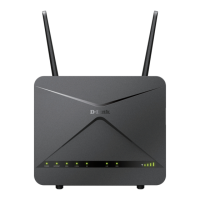
